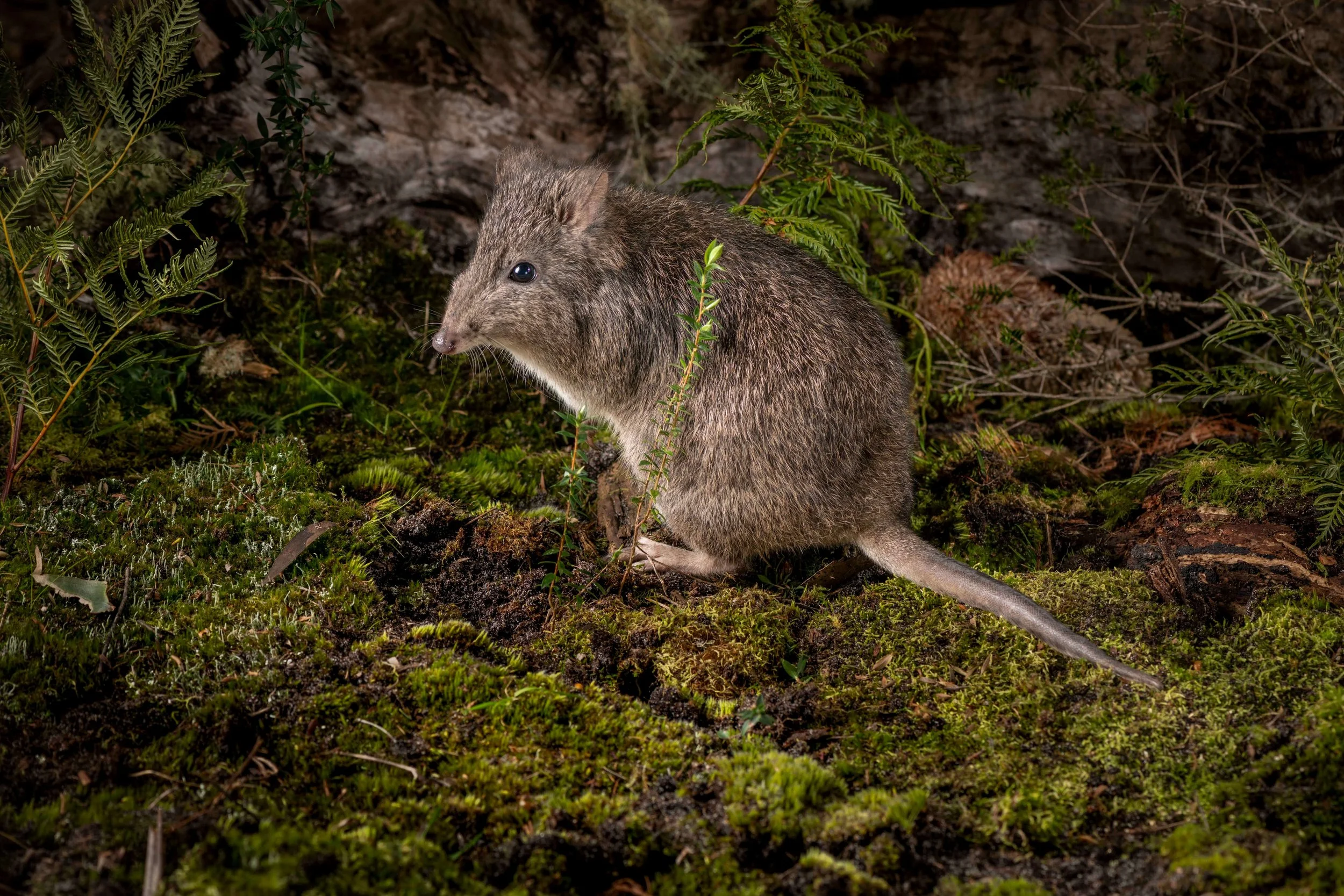Have you seen a Quoll? A Potoroo?
We want to hear about it.
With so many people travelling along the Great Ocean Road each year to explore this beautiful place, we believe there is an opportunity to collect important data on threatened species through chance encounters made by tourists and locals alike.
We want to provide researchers and land managers with as much data as possible, improving our understanding of threatened species and ensuring we’re making the best possible decisions to ensure their survival. Knowledge is power after all.
When it comes to threatened species, ecologists can never have too much data to work with.
If you’re lucky enough to have seen a rare or endangered species and happen to be speaking to an ecologist about the encounter, you may find yourself subject to a range of questions fired off in rapid succession.
Where was it?
When did you see it?
How many did you see?
Were there any distinguishing features that stood out?
This is because this information (this data) can be incredibly helpful when it comes to improving our understanding of a threatened species and therefore improving their conservation prospects in the future. Unfortunately, for a wide range of threatened species there is a severe lack of even basic data – such as where these species are and when they were found there.
Shortly after the callout, proof of concept came from a confirmed record of a Long-nosed Potoroo, complete with photographic evidence, encountered by a tourist on one of the many walking tracks found in the Otways.
There may be many more chance encounters like this happening each day, and sharing this data can be of great assistance in the fight against extinction.
If you think you may have had an encounter like this, then please call us on (03) 5237 9297 or email info@conservationecologycentre.org.
We’d love to hear from you.
Tiger Quoll
Long-nosed Potoroo


